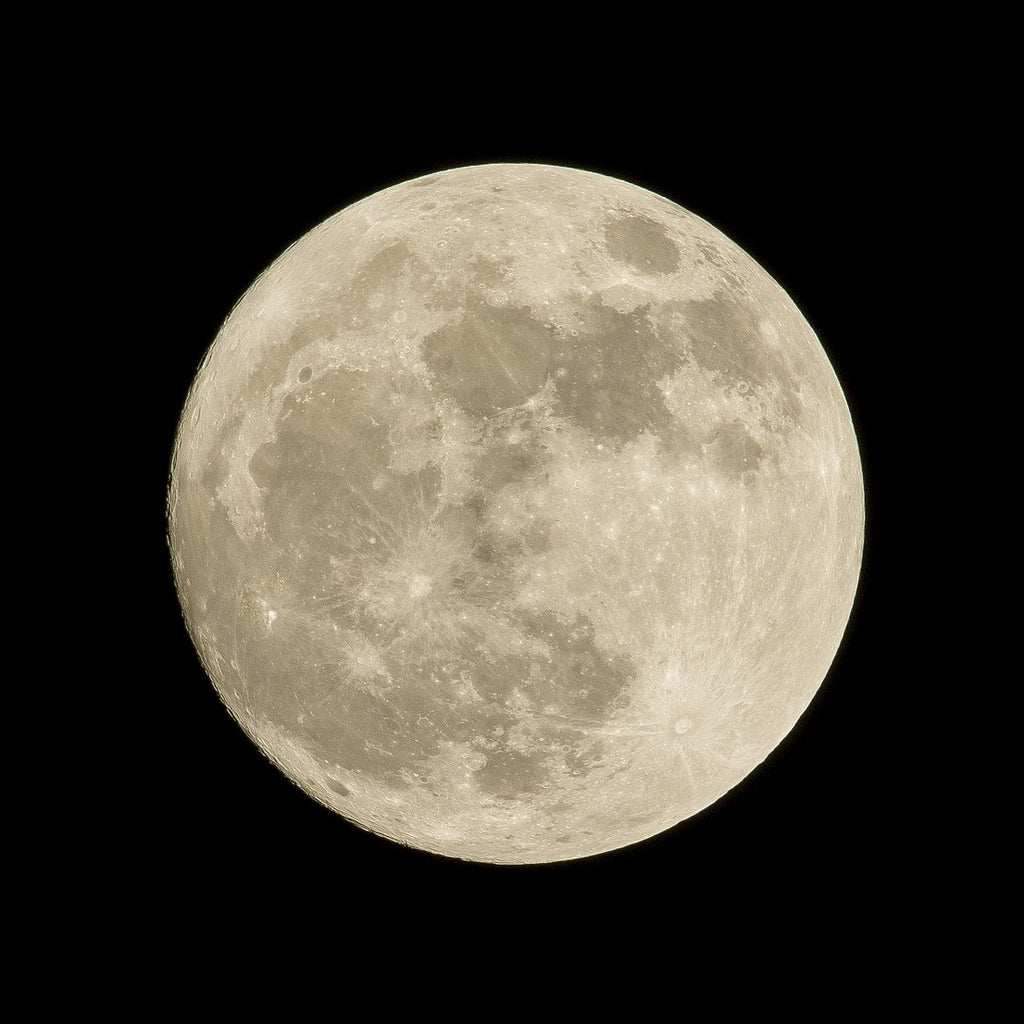Lunar meteorite buyers guide. How to avoid fakes

LUNAR METEORITE BUYERS GUIDE
There is so many fake lunar meteorites on the market these days that I felt it necessary to comment here. These less than truthful offerings hurt honest dealers and collectors alike.
Real Lunar Meteorites Are Exceedingly Rare:
Genuine meteorites from the Moon are exceedingly rare, millions of times rarer than diamonds. Would you buy a diamond without proper certification from a reputable laboratory? I didn’t think so. The total official mass of all lunar meteorites combined is around 222kg or 489lbs, consisting of just over 300 meteorites while the combined weight of diamonds can be measured in metric tons.
Unfortunately fake Lunar Meteorites are extremely common. This is particularly true on auction sites such as eBay, where a significant percentage of Lunar Meteorite listings at any given time will be fake.
One of the best ways you can be assured you are purchasing an authentic meteorite specimen is to purchase from a member of the International Meteorite Collector's Association, or IMCA (www.imca.cc). Membership in the IMCA requires referrals from existing members and the application must be voted on and approved by the Board of directors. Applicants are extensively questioned regarding their meteorite knowledge and experience. Most importantly applicants must agree to abide by the IMCA's Code of Ethics. Any dishonestly or misrepresentation by members is not tolerated.
I am an IMCA Member, #9257

Be wary of individuals who tout membership in one of the many other meteorite clubs/organizations as evidence of authenticity. While these groups are wonderful, and I am a member of many of them, membership is usually open to anyone and they provide no real assurance you are buying authentic meteorites. The IMCA's primary mission is to assist collectors in obtaining authentic meteorites.
-
We are currently working with NWA 5000. I can provide documentation showing chain of custody directly from the main mass holder to me.
NWA 5000 was discovered in Morocco in 2007 and obtained by Adam Hupe, who is the original main mass holder listed in the official Meteoritical Bulletin. A 764g piece of the Meteorite was cut into many smaller slices for sale and distribution to collectors around the world. The cutting process naturally produced some dust as a byproduct. I purchased the lunar dust that was left over from the cutting process directly from Adam. The cutting was done in a sterilized environment using a diamond embedded stainless steel lapidary saw and a diamond lap polishing system, both using 100% pure distilled water as a coolant and is laboratory grade.
Proof of transfer below (click for a clearer image):
See below for some additional information about NWA 5000:
Click here for the official Meteoritical Bulletin.
Click here for the formal appraisal of NWA 5000 from Space Science Consulting Services LLC
Click here for the U.S Internal Revenue Service (IRS) Appraisal Document.
Click here for the Certificate of Authenticity from the University of Washington.
Click here for an information document from NASA
-
Terms That should Raise Serious Concerns:
No Classification listed-- Likely means it has not been studied and is a terrestrial (native earth) rock.
Incorrect Classification listed-- Such as NWA XXXX when a simple check of the Meteoritical Bulletin Database, or Google, reveals no such entry, or entry does not match description.
Unclassified Lunar-- Genuine lunar meteorites are far too important, and valuable, to bypass this process.
Will Be Studied-- By who and when?
Identical To -- Means absolutely nothing without laboratory confirmation.
Found in USA, Europe etc-- Almost all lunar meteorites have only been found in Antarctica, Northwest Africa and the country of Omen. None have ever been found in North America, South America or Europe.
Attracted To Magnets-- While it is true about 95% of meteorites (chondrites, irons) contain high levels of metal and are attracted to magnets, lunar, martian and achondrites are not. It should also be noted that just because a stone is attracted to magnets does not mean it is a meteorite. Some terrestrial stones that contain magnetite will respond to magnets.



